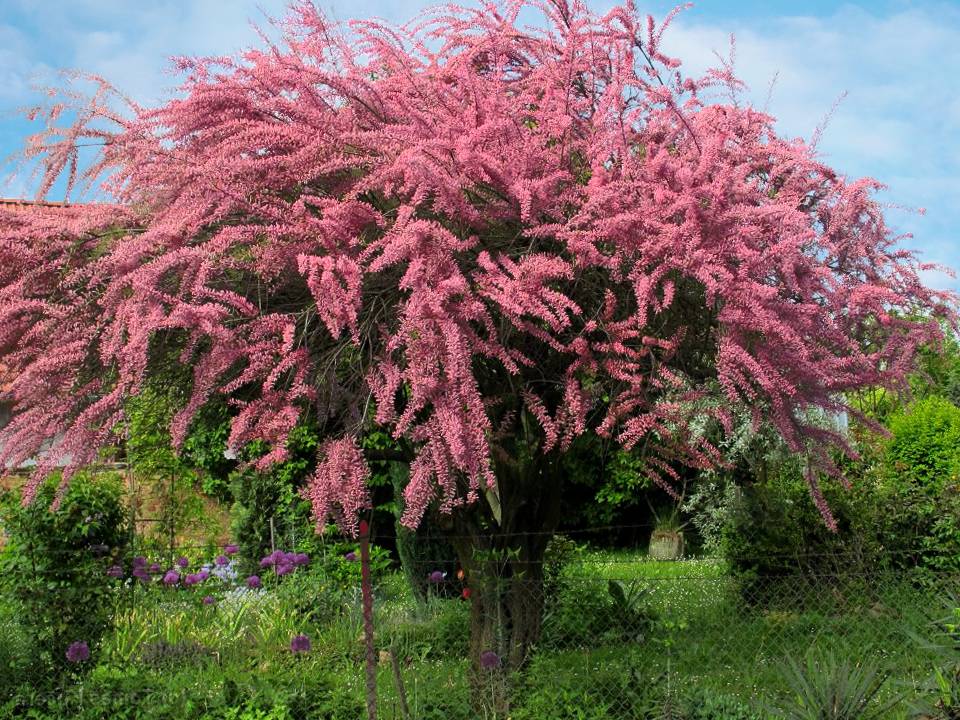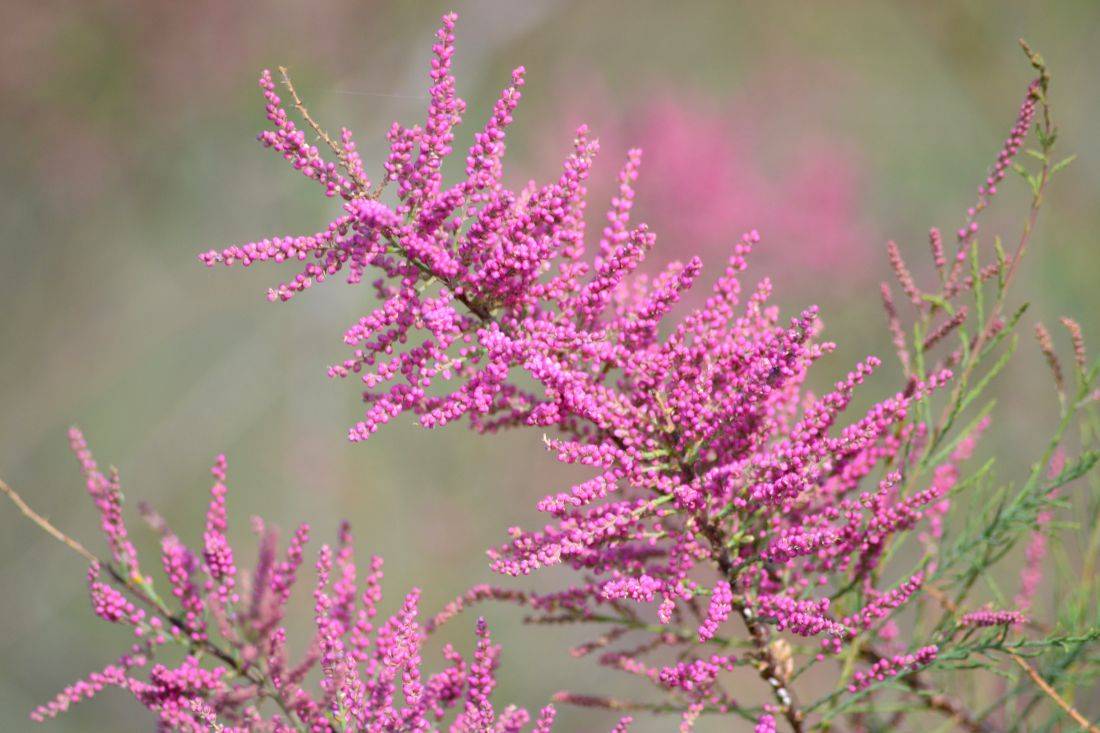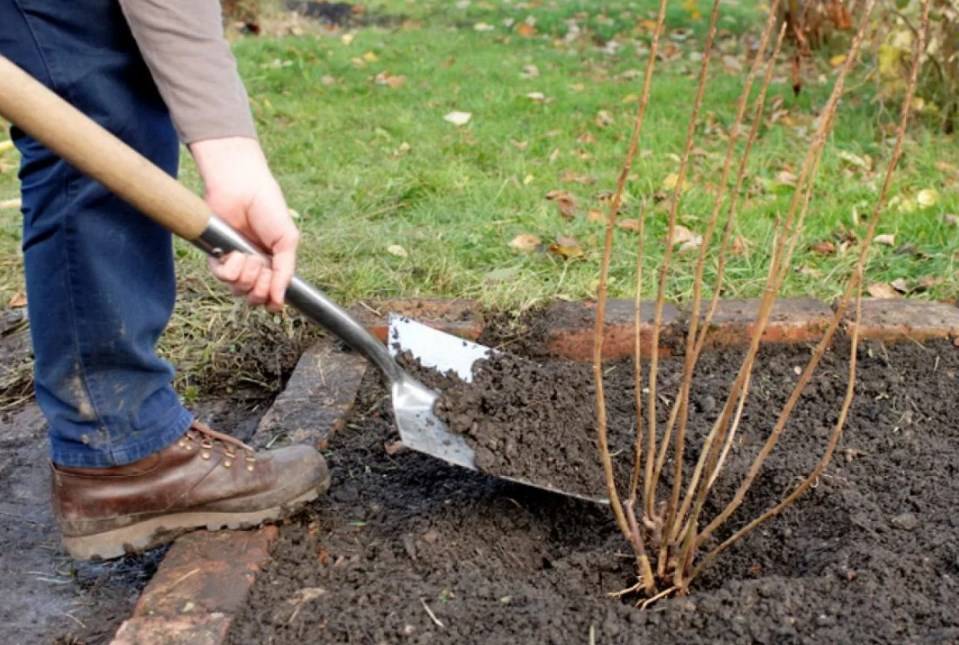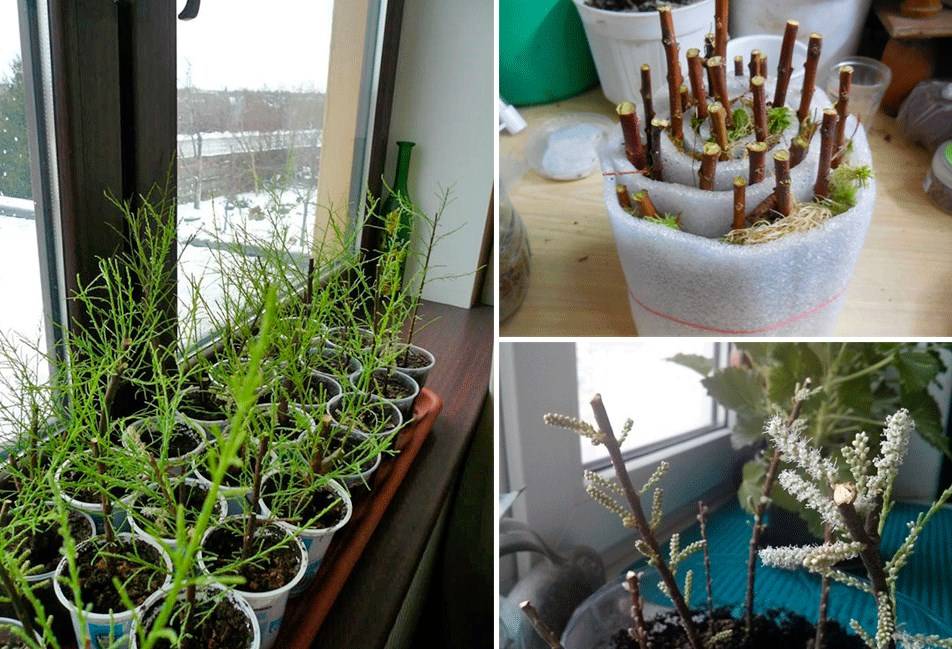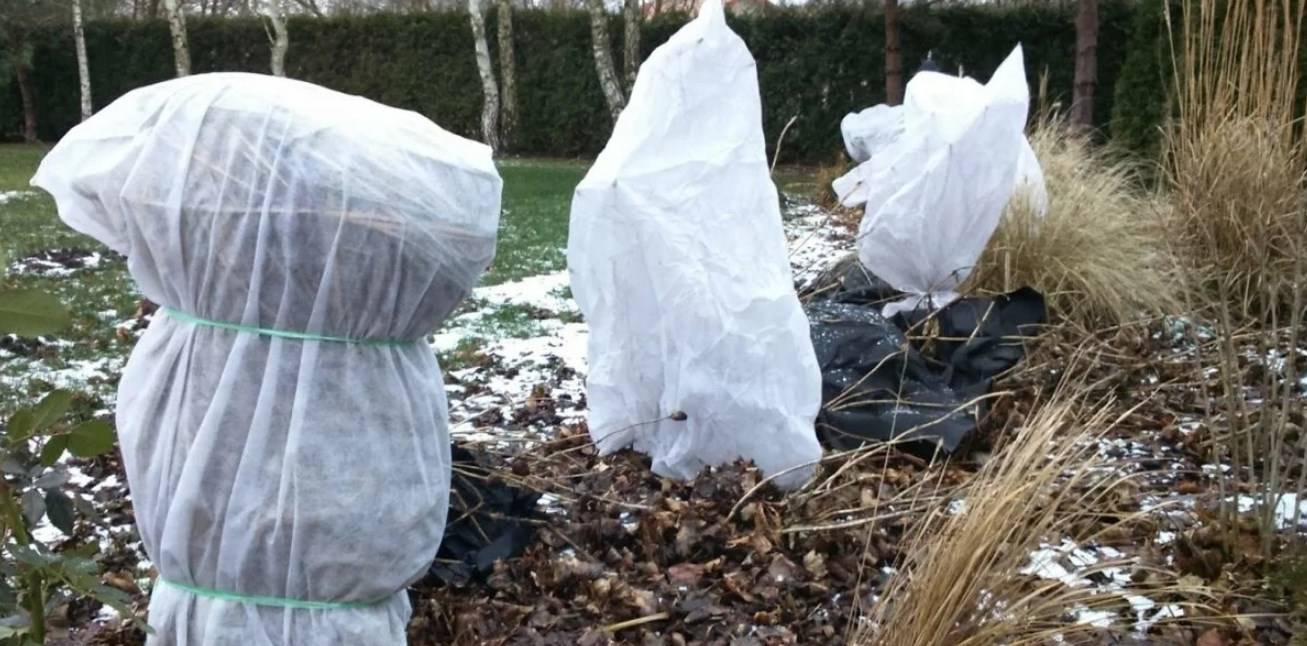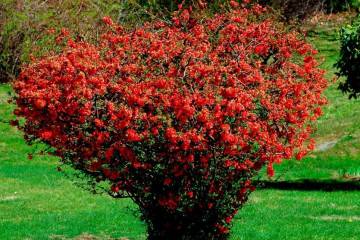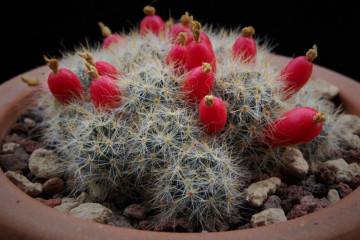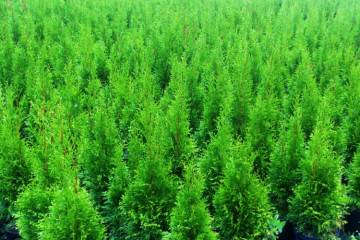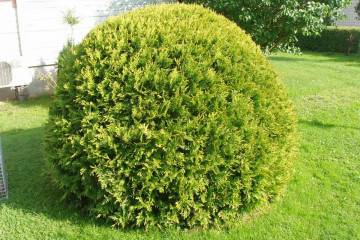Tamarix shrub - description of species and varieties
Content:
Tamariks, or comb, is a shrub, an ornamental plant with excellent external characteristics, which is admired by a large number of flower growers. The plant is also called a bead, and all thanks to the unusual inflorescences on the shoots, which visually resemble bead jewelry.
Tamarix shrub: description of species and varieties
The culture has a fairly large number of varieties (more than 75), the palette of shades is large. In the wild, it was first discovered near the river. Tamariz, which is located in the Pyrenees. Today, it can be found in nature in India and southern Europe.
The comb shrub, as it is also called, has miniature leaf plates of a bluish-green color. During flowering, all flowers are grouped into racemose inflorescences, the color of the petals is white or pink.
Another characteristic feature of the species is that tamarix is an excellent honey plant, since its flowering attracts bees. The culture is unpretentious in care, it is drought-resistant, quickly adapts in regions with unfavorable weather and environmental conditions. Even a novice agronomist can grow this unusual flowering plant on his backyard.
Tamarix is divided into three main types, by crossing which a considerable number of different varieties have been bred.
- loose;
- branched;
- four-stalk.
Loose tamarix
Visually, a loose shrub resembles a tree with a spreading crown. Under favorable growing conditions, it reaches a height of 5 m. The bark has a bluish or greenish color. The leaves are characterized by an ovoid shape. The flower petals are pink in color, they are grouped in lush brushes.
The flowering period is about two months. Due to its excellent winter hardiness, ornamental culture can be grown in regions with a harsh climate.
Branched tamarix
Branched tamarix mainly grows on the shores of shoals, lakes and rivers. It is a compact shrub, the bark of which is gray or green in color, the leaves are narrow subulate. The flowers are pink in color, the flowering duration is at least 3-4 months, starting in June.
The culture is unpretentious, it can be grown on any type of soil. Wintering in the northern regions provides for the organization of additional shelters.
Tamarix four-stalked
This type of tamarix is grown in the Moscow region, as well as in Siberia and the Urals. In the wild, the plant grows in the Crimea and some regions of the Caucasus. It can also be found occasionally in the Republic of Belarus.
A characteristic feature of the culture is a lush, spreading crown, which is formed from a large number of arcuate shoots with a red bark. The leaves have a rich green color, they grow along the stem. It is easy to care for a four-stalked shrub, therefore it is often grown to decorate personal plots.
Transplanting tamarix after purchase in open ground
When choosing a site for planting in open ground, it is important to take into account that all types and varieties of tamarix do not tolerate stagnant moisture, therefore, it is desirable that the tree grows on a small hill, and the depth of groundwater is more than 5 m.The plant loves moderate moisture and abundant illumination ...
In order for tamarix to grow, develop correctly and delight with lush flowering, you need not only to properly care for it, but also at the very beginning to seriously approach the selection and preparation of planting material and, directly, planting. Step-by-step sequence on how to plant a shrub:
- In the open ground, dig a hole, the dimensions of which will be 2 times the size of the earthen coma inside the pot.
- Pre-prepare the soil mixture by mixing the soil with humus and compost.
- Water abundantly on a crop that is still in a decorative pot or any other container.
- The tamarix can now be removed without any problems.
- Pour a small amount of nutrient soil at the bottom of the pit.
- Carefully spread the root system and place the shrub in the hole.
- Cover with earth, carefully tamping it at the end.
Reproduction of tamarix
There are several ways to propagate a plant - by seed and by cuttings. The first is used mainly by breeders, for ordinary gardeners, this process is laborious and time-consuming, which does not give any guarantees.
It is recommended to propagate the shrub by cuttings in the spring. For this, planting material is prepared - semi-lignified cuttings up to 10 cm long and at least 10 mm thick. In order to avoid the development of diseases, the lower cut is carefully treated with a disinfecting solution, and then placed in a growth stimulator. The next stage - the cuttings are planted in containers filled with substrate, at an angle. The soil should contain garden soil, sand.
Now it remains to wait for the cuttings to take root. As soon as this happens, leaves will begin to form on the young plant. A good time for planting outdoors is May. And it is important not to forget about the necessarily shelter of the tamarix for the winter.
There is another way to propagate an ornamental plant. The cuttings are placed in a container of water. As soon as the roots appear, the plant is planted in a pot and covered with a glass jar or cut plastic bottle.
Tamarix care
Shrub comb is a tenacious and undemanding plant. Refers to light and heat-loving, therefore, if possible, it is recommended to plant it in sunny areas. In conditions of shade and partial shade, growth slows down significantly, under unfavorable conditions it can even die.
The shrub also does not tolerate wet and heavy soil types. The most suitable time for planting is spring. Excessively dense layers of earth are dug up with the addition of sand and peat to the composition. Soil with high acidity is treated with lime.
The culture is also undemanding to the ambient temperature. Burns do not appear in direct sunlight, severe frosts are also not terrible (up to -28 ° С).But an increased level of humidity can be very harmful, since the likelihood of developing fungal diseases increases.
If the culture grows on fertile soils, then fertilizing is applied no more than once in spring. It is recommended to use a mixture of ash and chicken droppings or mullein.
Planting and caring for a tamarix shrub does not have specific requirements and features. It will be possible to grow it not only for an experienced gardener, but also for a beginner. It is recommended to purchase high-quality planting material in special nurseries or from friends.
